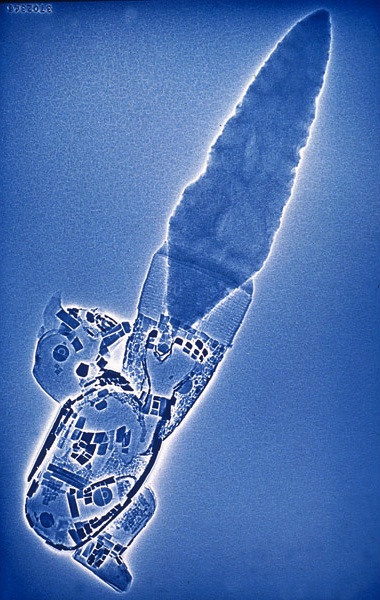I was given a membership of The Art Fund for Christmas. For those who don’t know, The Art Fund uses membership fees and other donations to help British museums and galleries to buy art for their collections; membership gets you discounted or free entry to a range of museums and galleries. So that was a nice present.

Anyway, they sent me a booklet with all the various participating venues in it; there are 78 in London. I’m familiar with quite a lot of them, but there are still plenty that are new to me. It occurred to me that it would be quite an interesting exercise to visit all of them; I’m not officially committing myself to that right now, but it’s certainly a possible project. I might as well get my money’s worth.
In that spirit, when I went to buy coffee today I glanced at the map to see if there were any galleries near Borough Market, and sure enough, there was the Bankside Gallery, just next to Tate Modern. I’ve been past the Bankside many times, but I’ve obviously been suffering from Curiosity Fail because I never went in. It turns out to be the gallery of the Royal Watercolour Society and the Royal Society of Painter-Printmakers.* Or perhaps the shop of those societies, since the work was all for sale; except that places selling art have done an excellent PR job of making sure that we think of them as part of a subtly different category from places that sell fridges or mayonnaise. Their current line of produce is
Work on a small scale by Members of the Royal Watercolour Society and the Royal Society of Painter-Printmakers. Original paintings and prints are immediately available, both framed and unframed, with prices from just £50.
Which I’m guessing is basically an exhibition aimed at the Christmas present market. And why not, after all. I actually rather like going around exhibitions where everything has a price next to it; it focusses the mind a bit.

It reminded me of the rooms at the Royal Academy Summer Exhibition where they stick all the small pieces, although the art wasn’t quite crowded together as it normally is at the RA. It’s the same mixture of stuff, tending toward the conventional, occasionally very covetable. Certainly well worth popping in and having a look round for the bargain price of free, and I shall do so again from time to time (to be clear, the Bankside has free entry for everyone, not just Art Fund members).
So, this may turn out to the be the first in a long series of posts about some of London’s more obscure museums and galleries; or it may not. We’ll see.
* The Royal Watercolour Society is the RWS; the Royal Society of Painter-Printmakers is the RE. Obviously.
» The images are ‘Rikyu Tea Whisk’ and ‘Tea Bowl’ from the ‘One Hundred Views of MITATE’ series by Nana Shiomi. Which I really liked.




